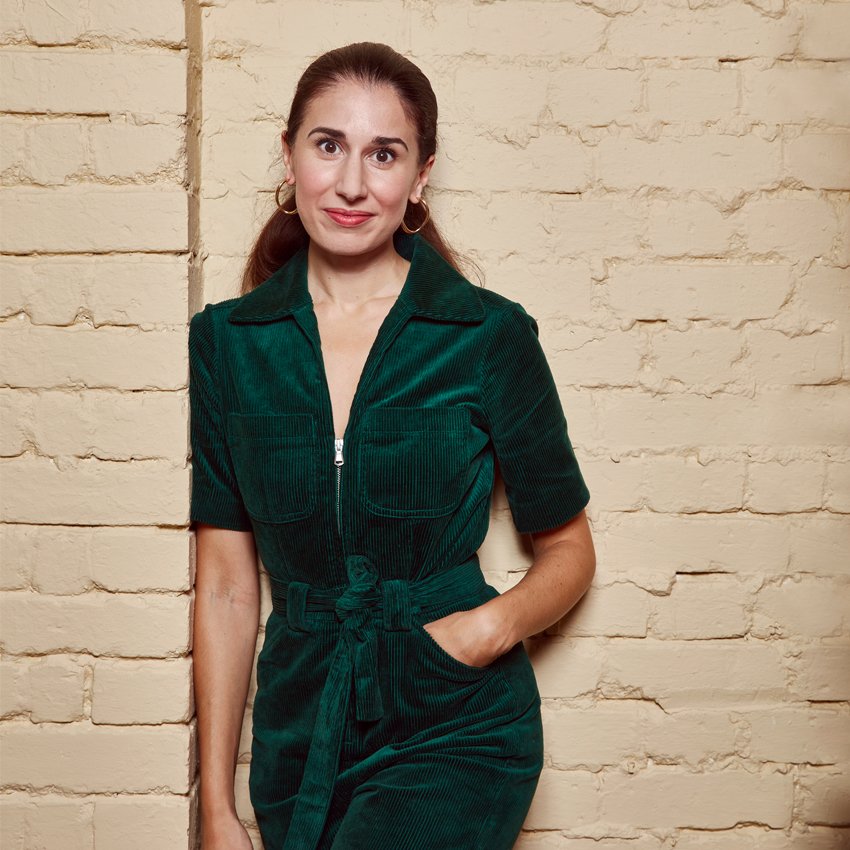Top tips meeting room names
Naming meeting rooms in an office can be a creative and practical way to make your workplace more engaging and efficient. However, getting that balance of making it representative of company culture, being fun and memorable is a pretty tough challenge so it’s no wonder quite a few companies end up just numbering their meeting rooms and hoping for the best. As part of our projects, we’re often asked to help get involved in the task so here’s our tips for naming meeting rooms effectively…
Relevance and consistency
It’s much more personal and memorable if your meeting room names are relevant to your company culture, industry, or values. They should reflect your organisation’s identity and be based around one topic or theme so that they are consistent and easy to understand - this can help people quickly identify and locate meeting rooms. At Moo.com, a company who grew from creating company business cards, meeting rooms were names after the favourite fonts from employees.
Size and Purpose
Consider naming rooms in some way related to their size or primary purpose, this also helps to visually locate in people’s minds. For example, a small huddle room in an innovation company might be named "Little Spark" whereas a larger, conference style room could be called a '“Think Tank”.
Meeting rooms at Moo.com were named after fonts which then inspired the design of the space
Location
If you have a really big office, you might need to consider a mix of numerical and verbal naming conventions that help locate the space - for example, using your relevant and consistent naming convention prefixed with 2.1 for a meeting room that sits on floor two but the first one from the lift.
Humour
Inject a sense of humour by using puns, wordplay, or pop culture references, but ensure they are tasteful and won't become outdated too quickly.
Distinct
Avoid using similar names that could lead to confusion. Each name should be distinct and easily distinguishable.
Employee Input and Feedback
Involve employees in the naming process. You can hold a contest or gather suggestions to make it a collaborative effort. To ensure you don’t lose consistency, perhaps use a sub commitee first to narrow down to a specific category. It’s worth getting feedback from employees to ensure the room names do resonate with them and make any necessary adjustments.
Visibility
Make sure the room names are clearly visible both outside and inside the meeting rooms, so people can easily find their destination. This is a really great opportunity to ensure branding is used to great effect by using your bold brand colours for meeting room names and appropriate fonts.
Digital Tools
Use digital tools like room booking systems or office management software to make it easy for employees to reserve (and cancel!) meeting rooms by name.
Possible Meeting Room Topics
If you’re still struggling, considering using some of these tried and tested approaches to meeting room names:
Historical Figures or Events - Consider naming rooms after influential figures or events related to your industry or company history and explaining this somewhere in the room.
Local Flavour - Incorporate elements of your office location or local culture into the room names.
Company favourites - pick a topic that aligns with your company’s interest or values (e.g. literature, art, science) and ask employees to vote on their favourite prominent work, person or author
Meeting rooms are MVF global were voted on by company employees. This purple space was memorably named ‘Bat Bridge’
Remember that the goal of naming meeting rooms is not just to be creative but also to enhance the overall office experience, streamline booking processes, and create a unique atmosphere that aligns with your company's identity.
Author: Nadia Themistocleous, Lead Interior Designer, Trifle*
Nadia has worked with Trifle* since 2016 and has been the interior lead for some of our most ambitious projects to date including MVF, BenchSci and TriliTech. Prior to Trifle* and managing her own interior design company, she worked for a decade in advertising and the music industry creating and executing creative campaigns and events. She is passionate about translating our client’s culture, identity or ways of working into the spaces they inhabit ensuring that every space created for our clients is as unique as their business or home is.




